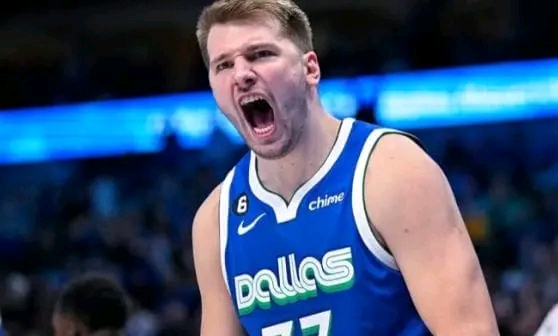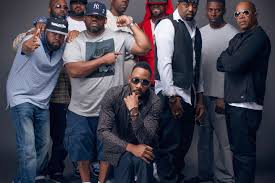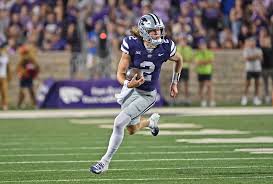
Luka Dončić’s staggering $346 million contract extension with the Dallas Mavericks has brought renewed attention to the growing pay disparity in the NBA. Signed in August 2021, Dončić’s deal is one of the richest in sports history, reflecting his incredible talent and marketability as one of the league’s brightest young stars. However, his record-breaking salary also highlights the persistent wage gap issues that continue to impact many players within the league.
The NBA’s salary structure, designed to reward top-tier talent, has created an environment where a select few players, mostly male, enjoy lucrative contracts that can exceed $40 million annually. This is evident in Dončić’s contract, which is set to run through 2029, offering him not only a massive base salary but also a substantial endorsement portfolio. The deal is a testament to his dominance on the court and his commercial value off it.
However, this top-heavy system raises critical questions about income distribution within the NBA. While superstars like Dončić, LeBron James, and Giannis Antetokounmpo are compensated handsomely, the vast majority of players in the league earn far less. Many of the NBA’s role players, often on shorter contracts or minimum deals, are left with significantly smaller paychecks, despite their contributions to the game. The disparity in earnings can be jarring, with star players making more in a year than others might make in an entire career.
This issue of wage inequality is not limited to the NBA alone but is a reflection of broader systemic issues in professional sports. While Dončić’s deal showcases the financial rewards for exceptional skill and marketability, it also underscores how the league’s salary cap system, while designed to promote competitive balance, disproportionately benefits a small number of elite players. Meanwhile, players who may not be as high-profile but are crucial to team success often receive a fraction of their value.
Additionally, the NBA’s pay structure, which is more pronounced in men’s sports, stands in stark contrast to women’s leagues like the WNBA. Female athletes in the WNBA earn far less, with their maximum salary far below what a male player in the NBA would earn. This inequity in pay between men’s and women’s professional sports remains a significant point of discussion.
As the NBA continues to grow in both global popularity and financial revenue, the conversation about income inequality and pay disparities within the league is expected to intensify. Dončić’s massive contract serves as both a symbol of achievement and a reminder of the ongoing need for more equitable pay practices in professional sports.







